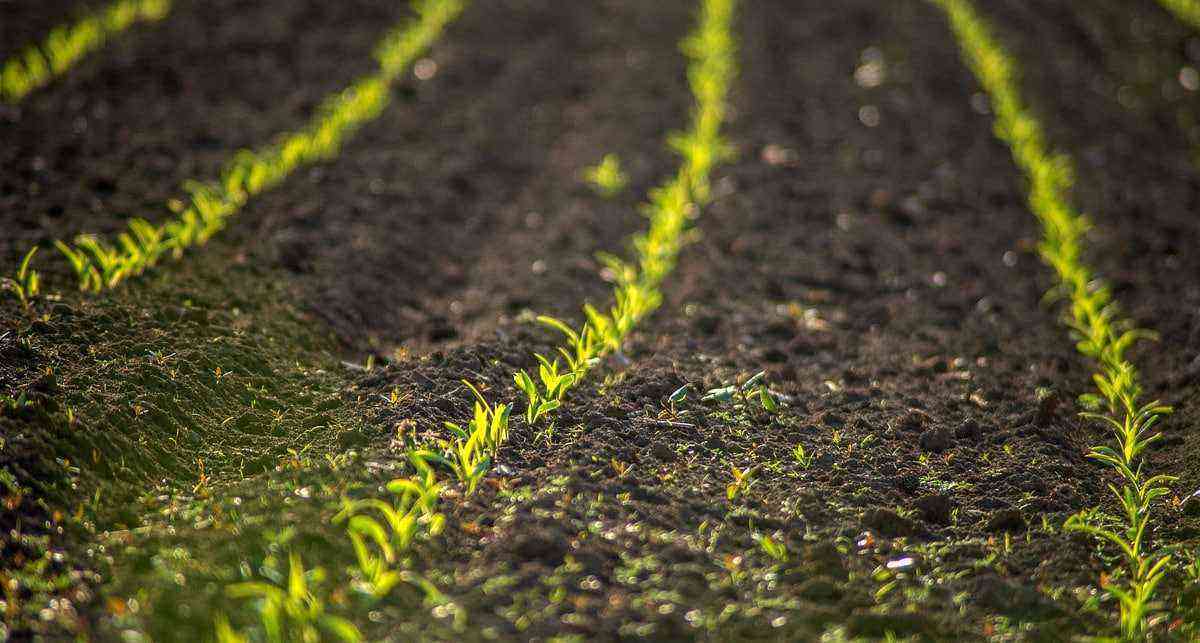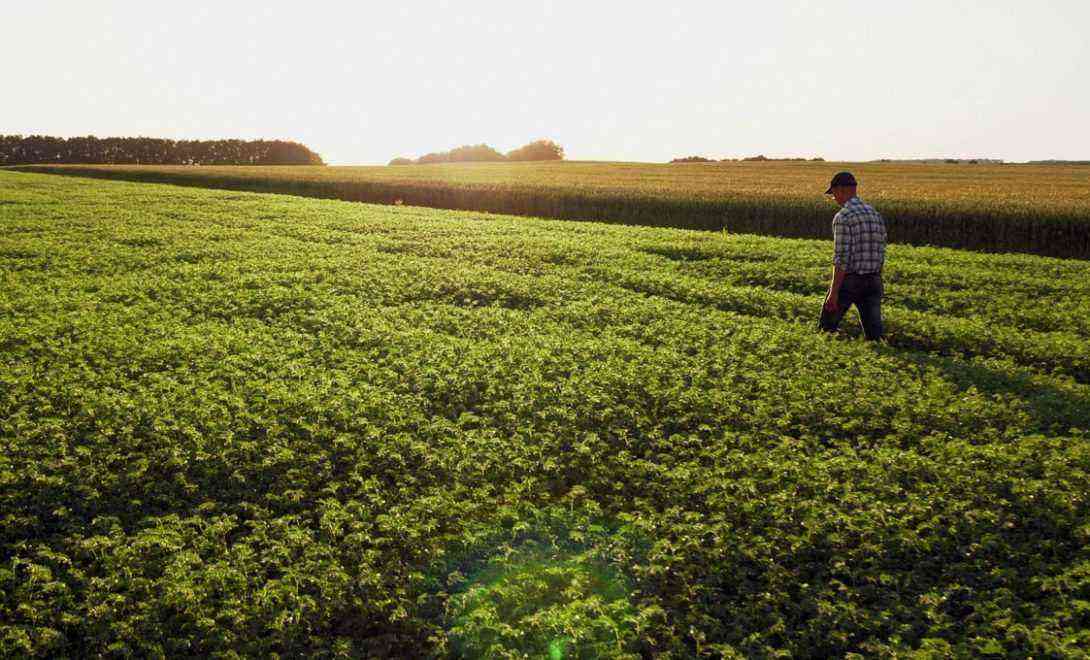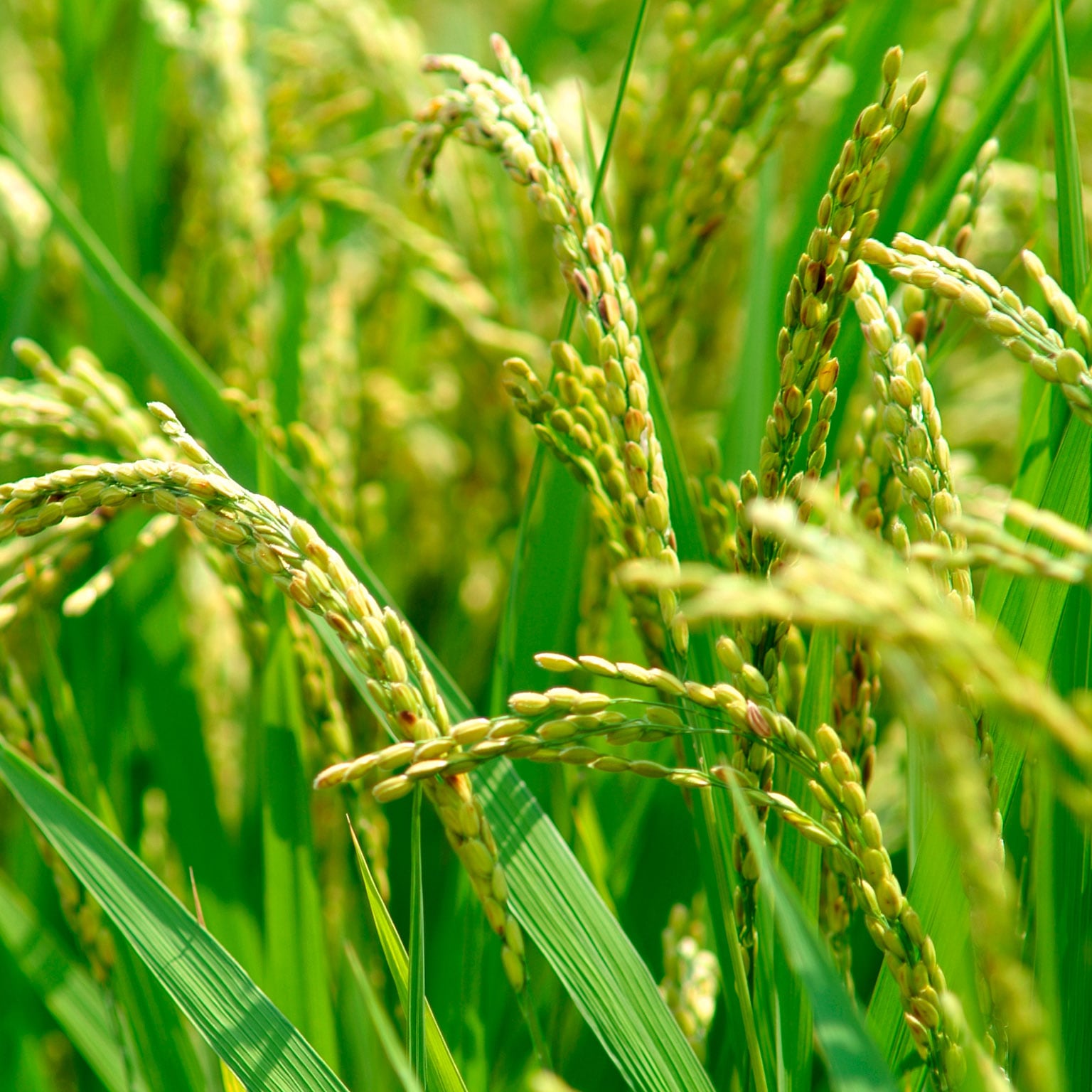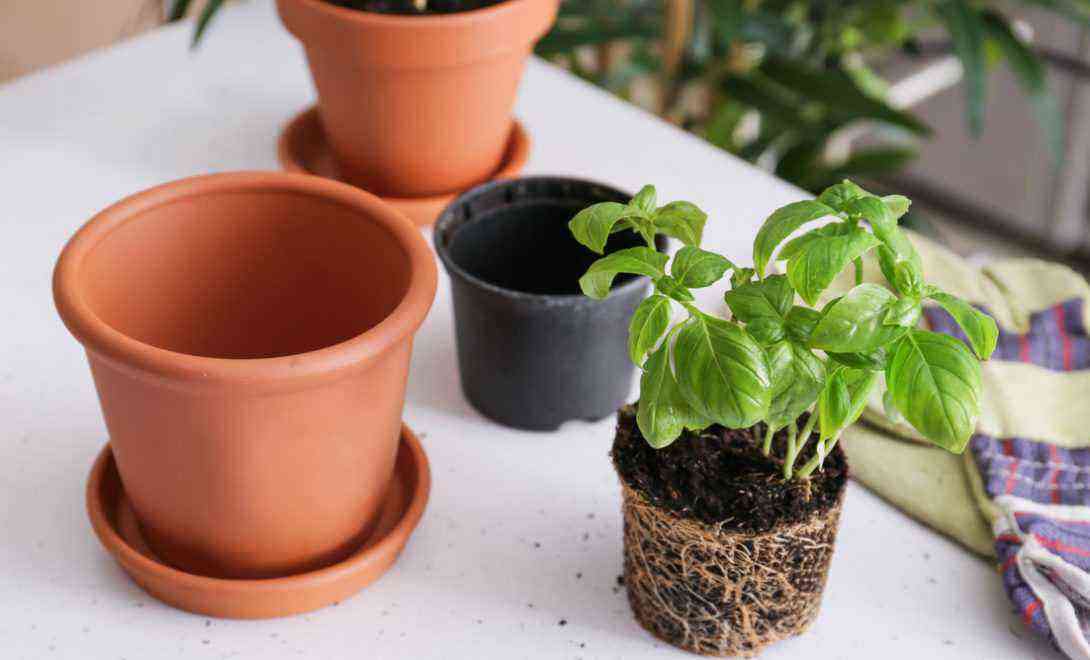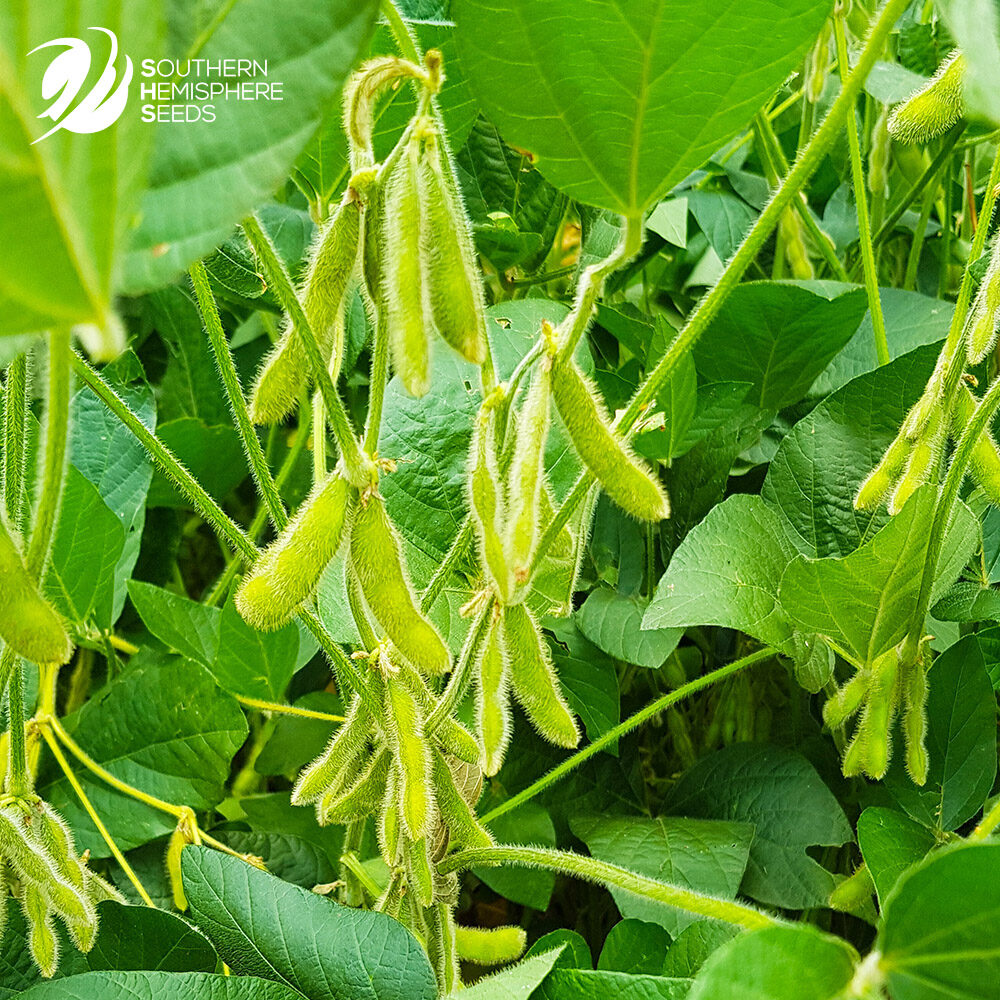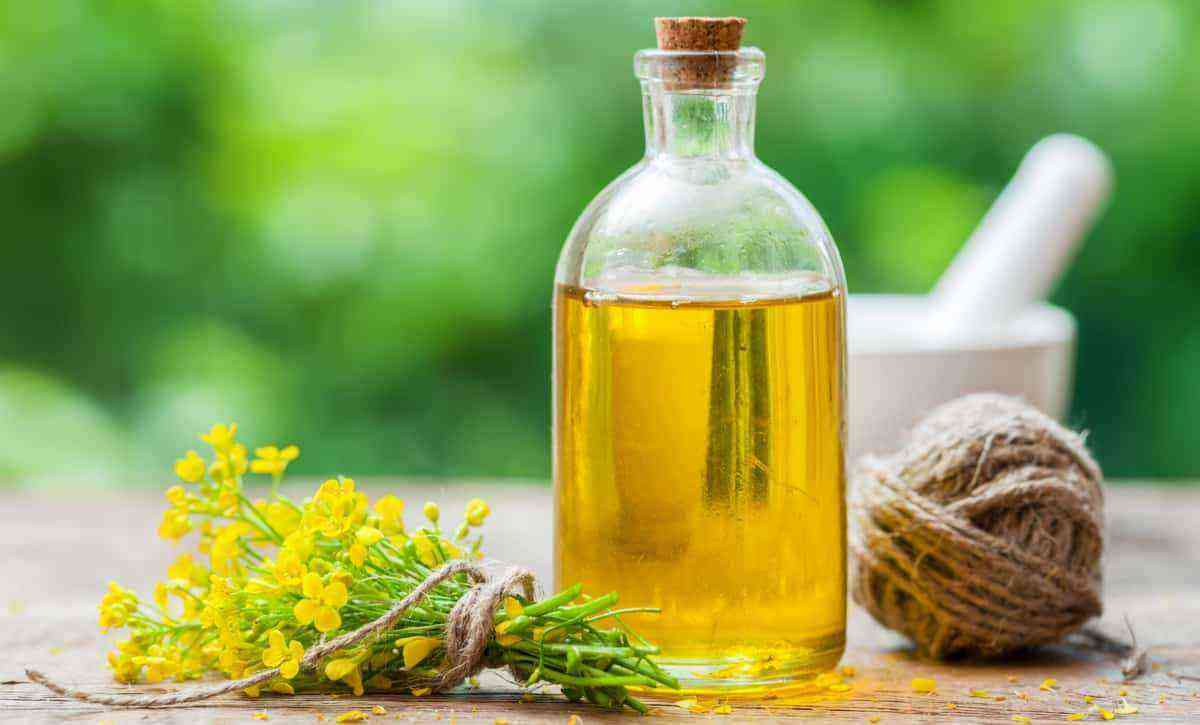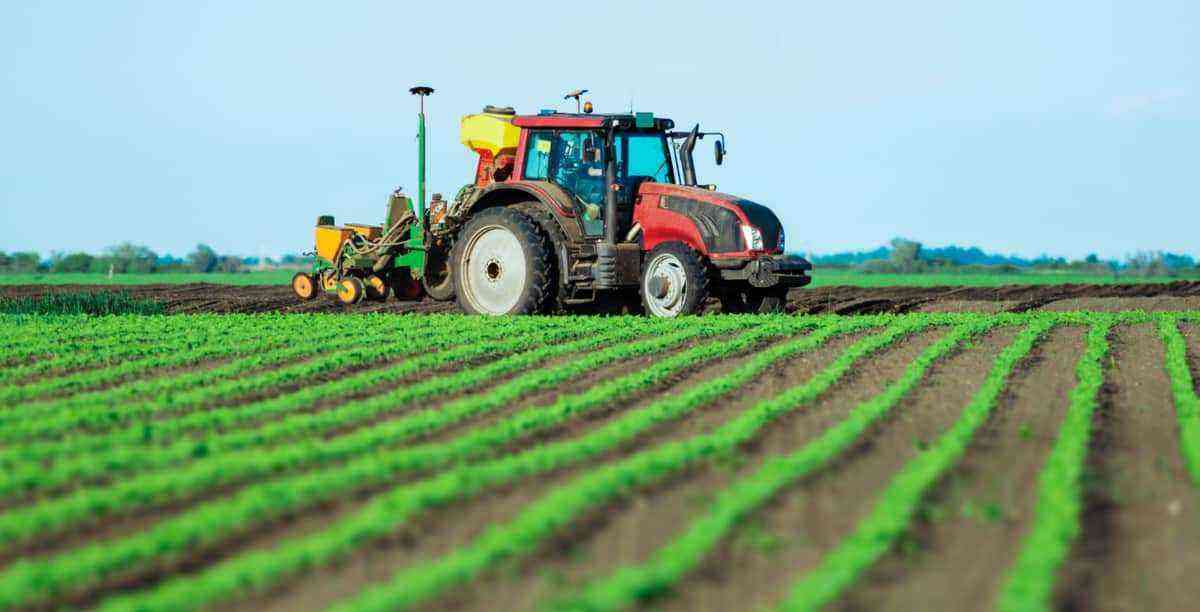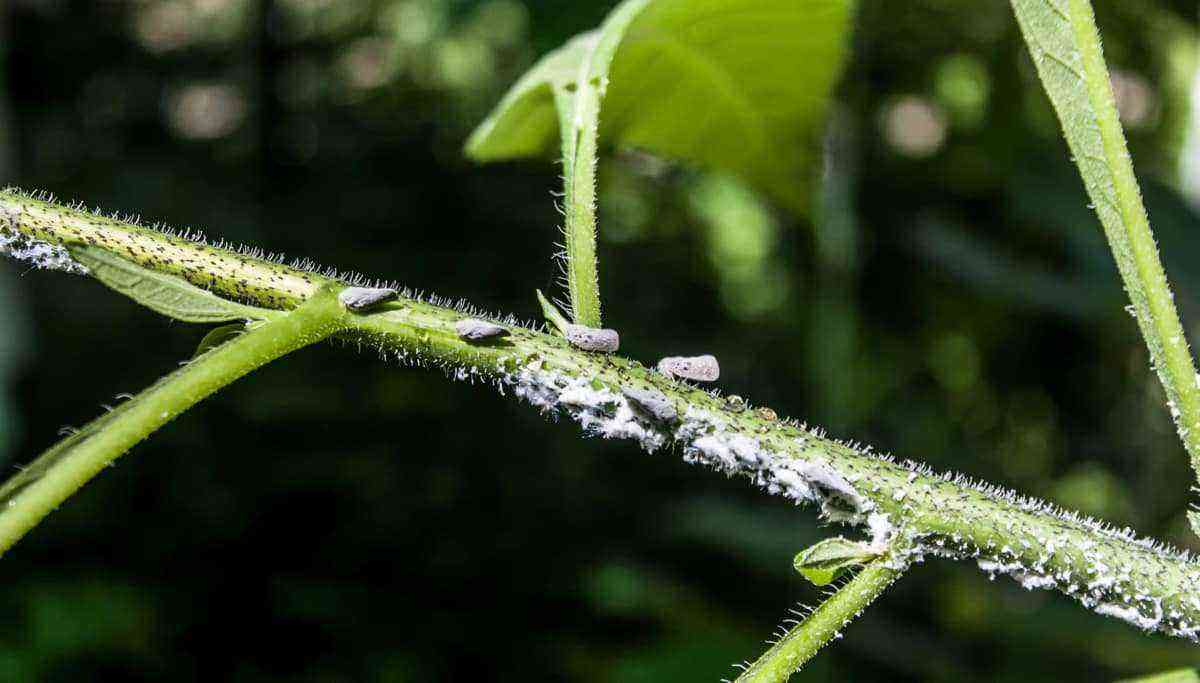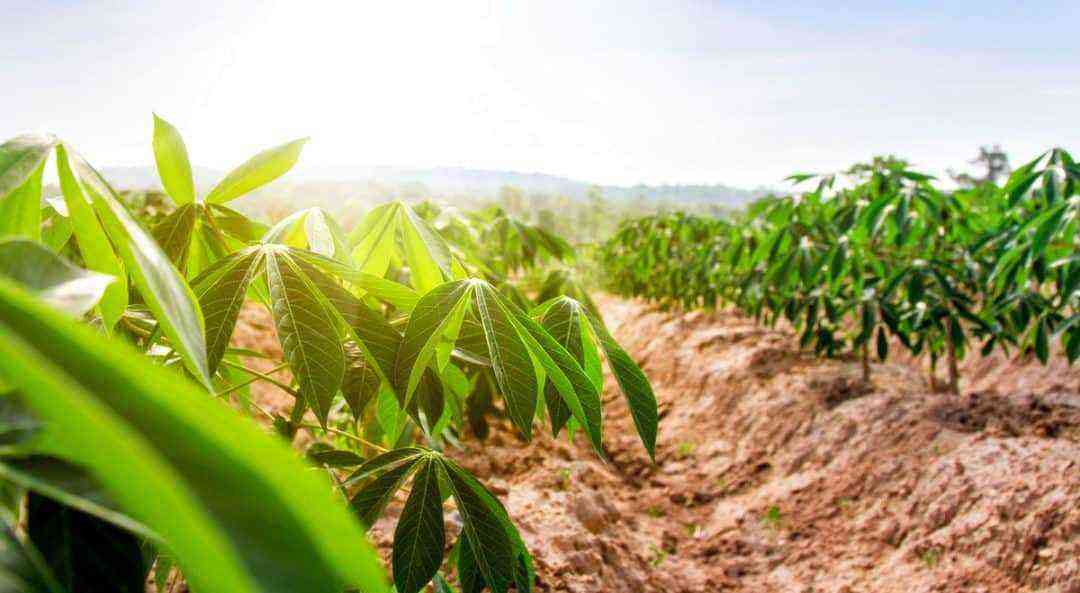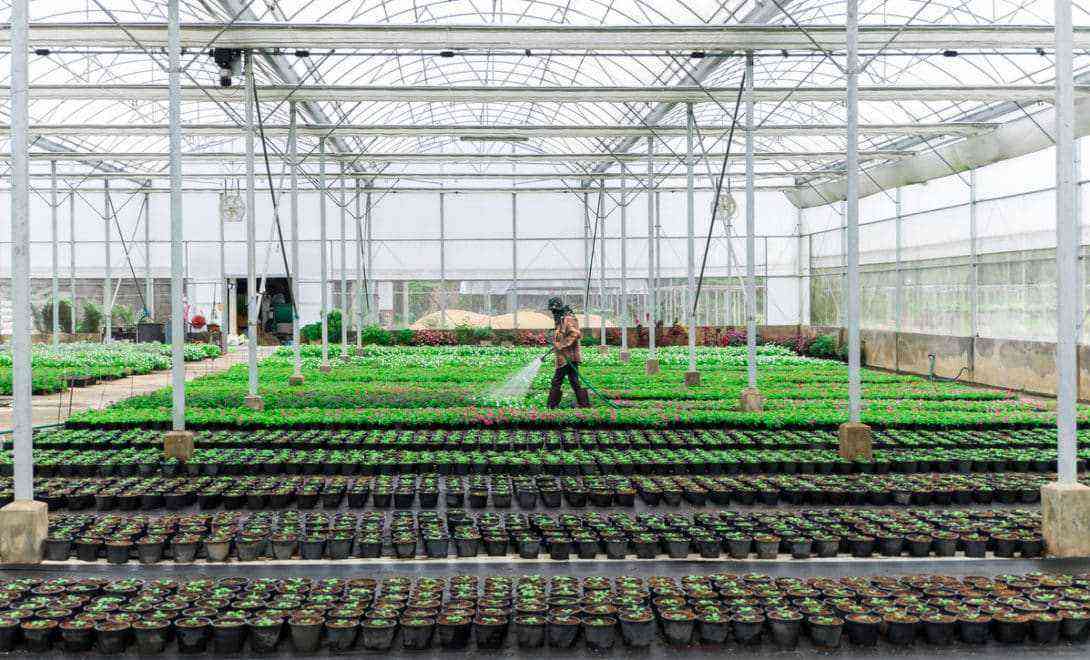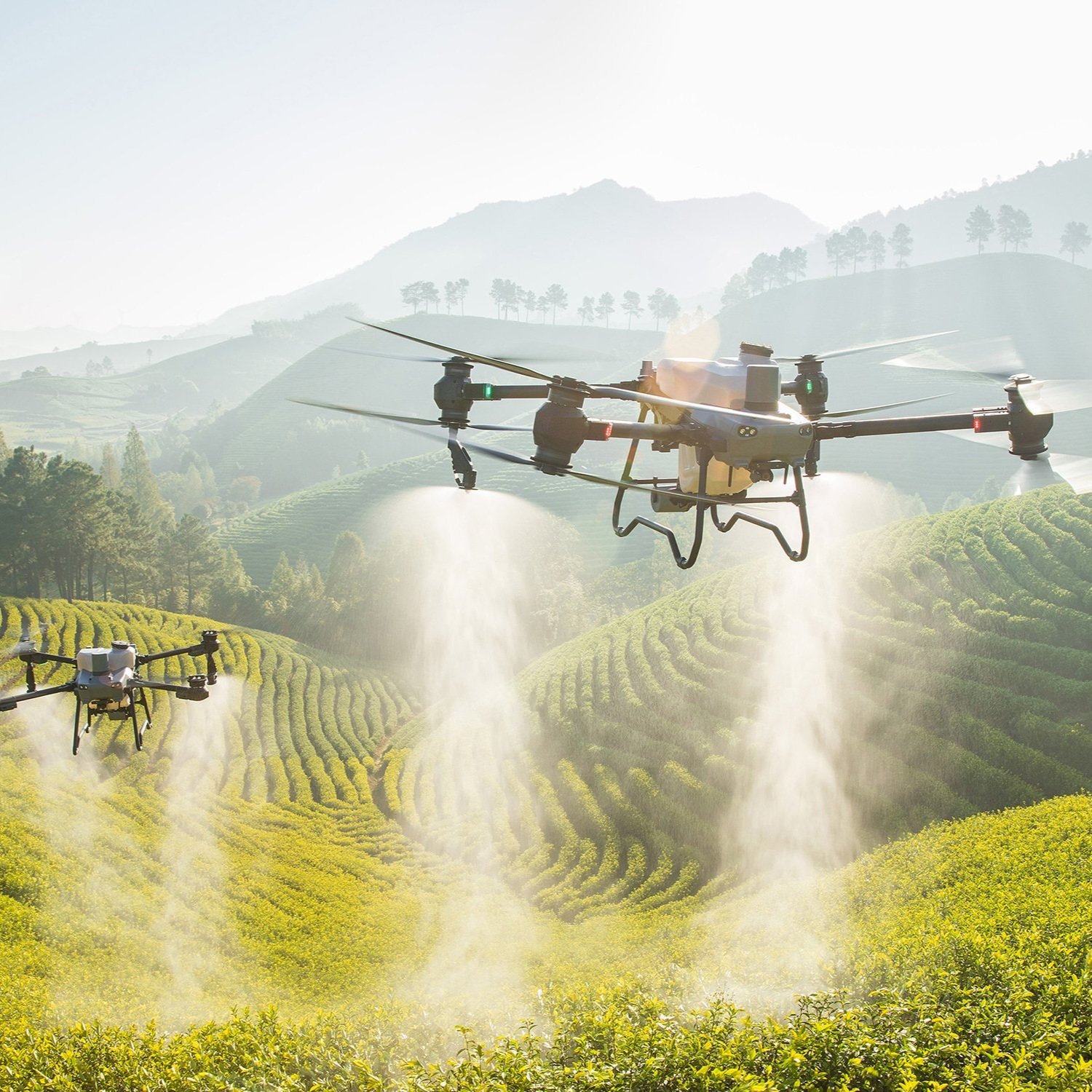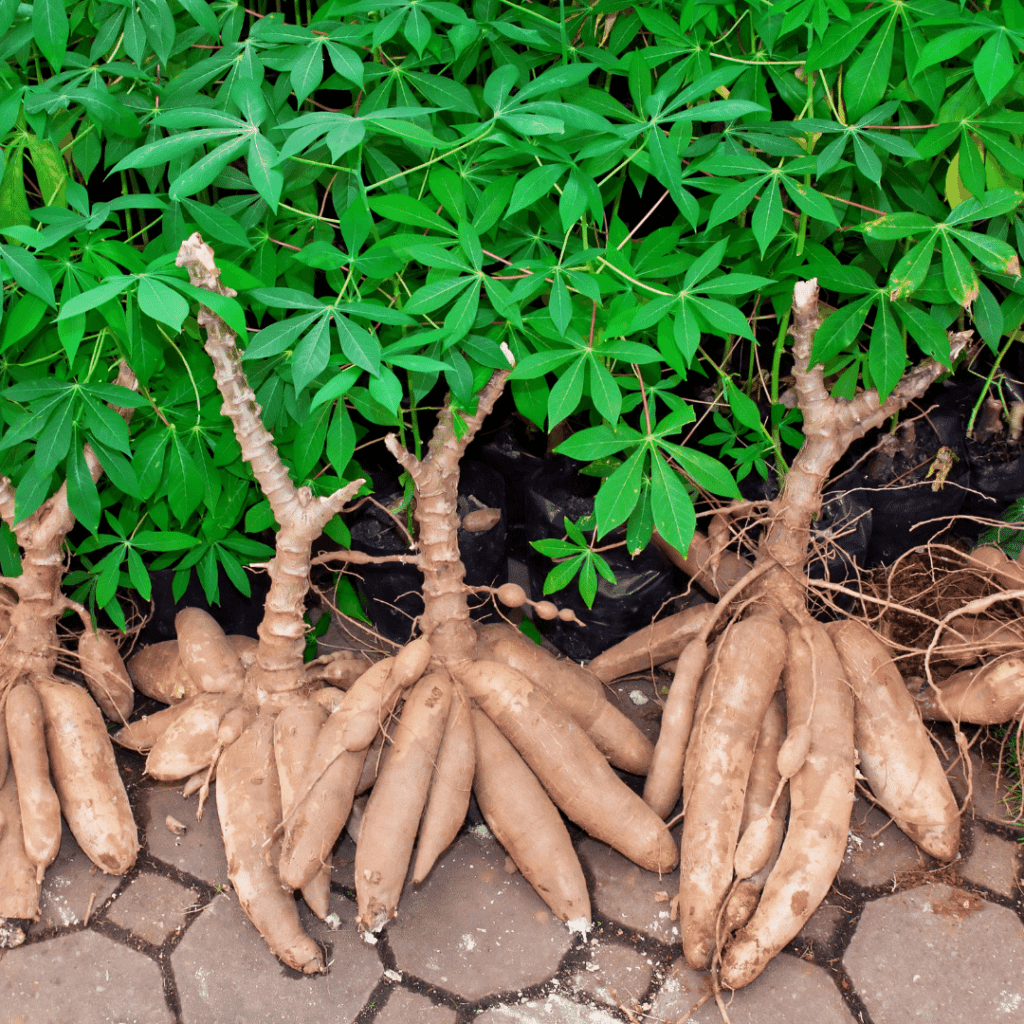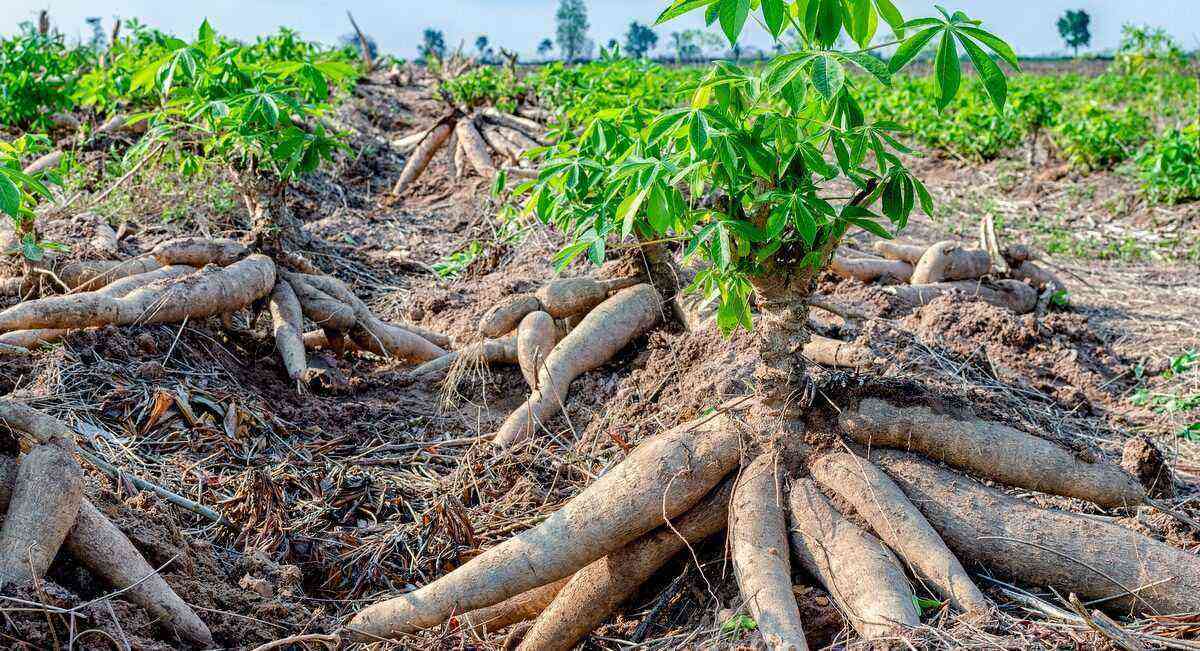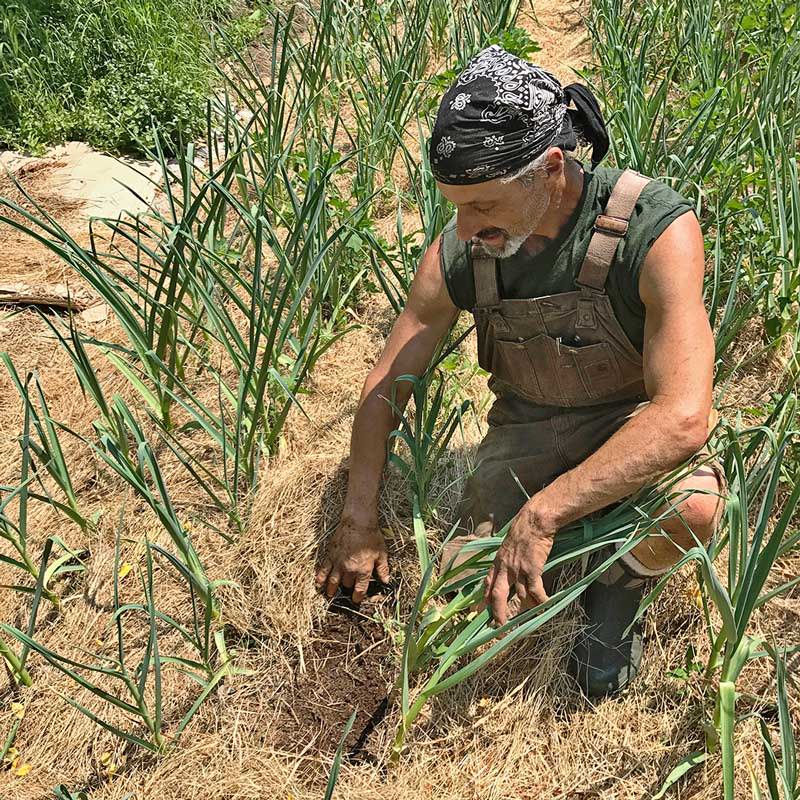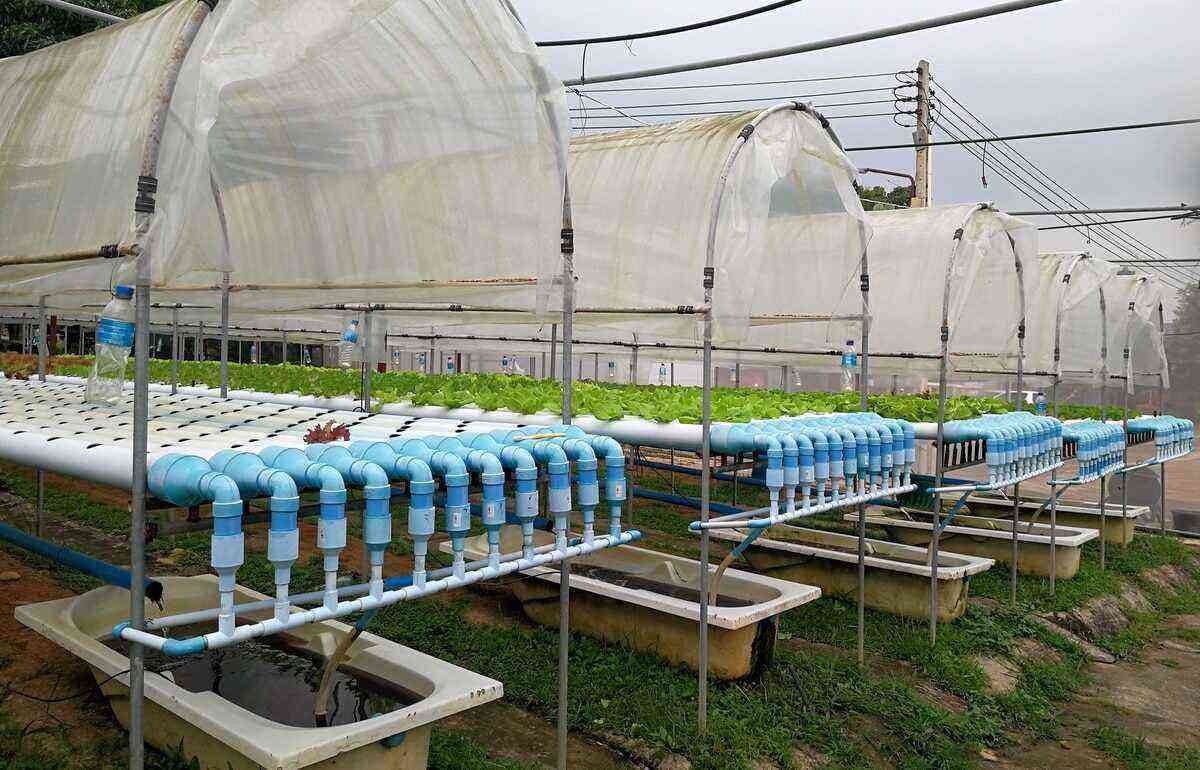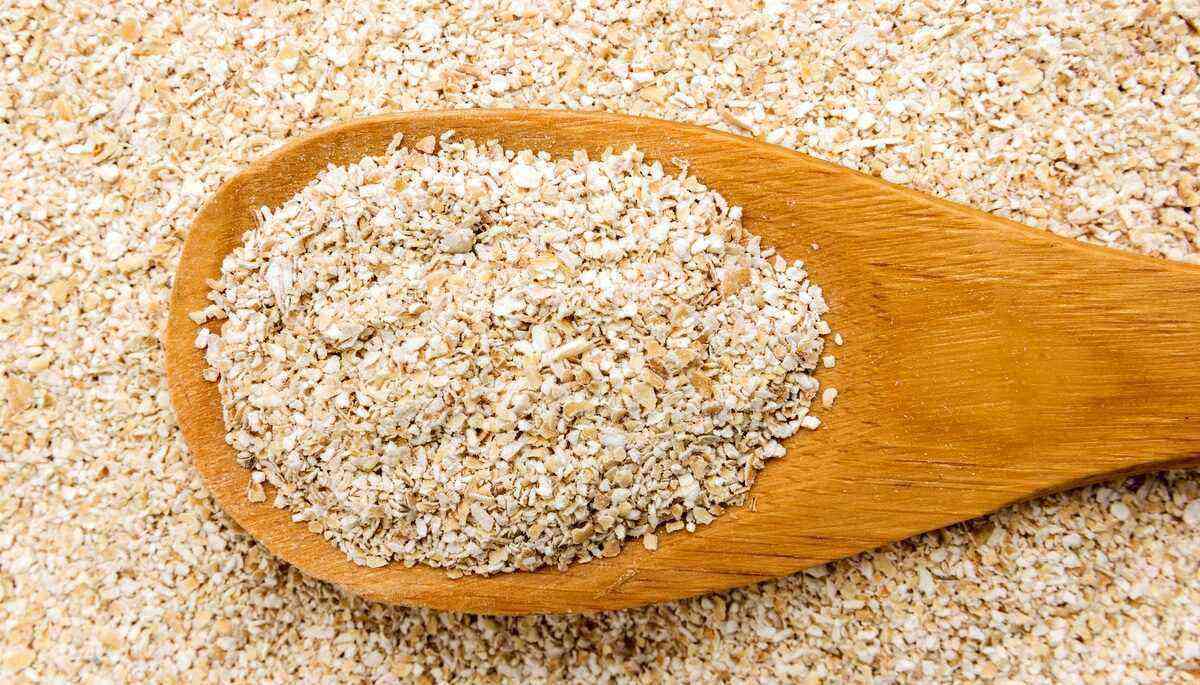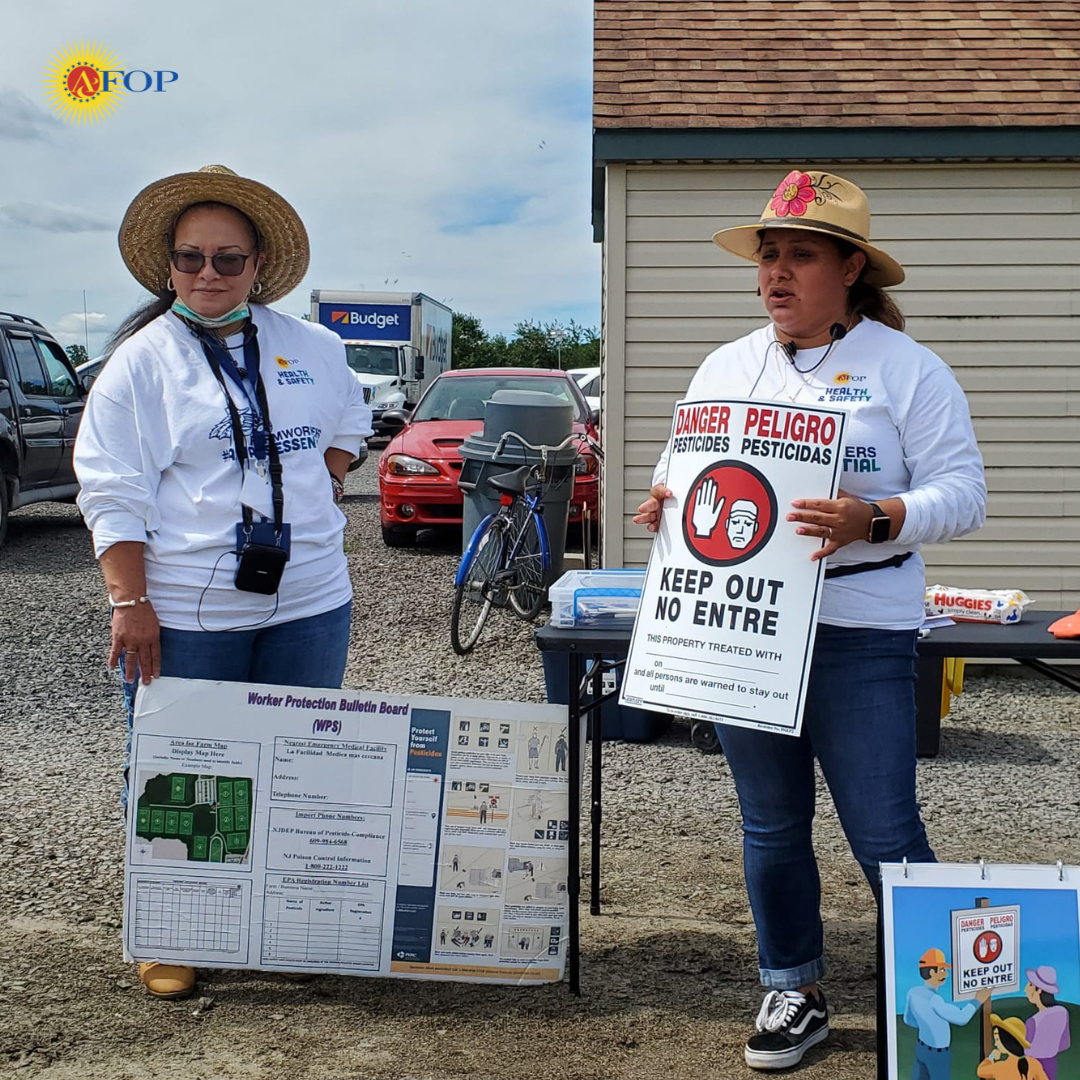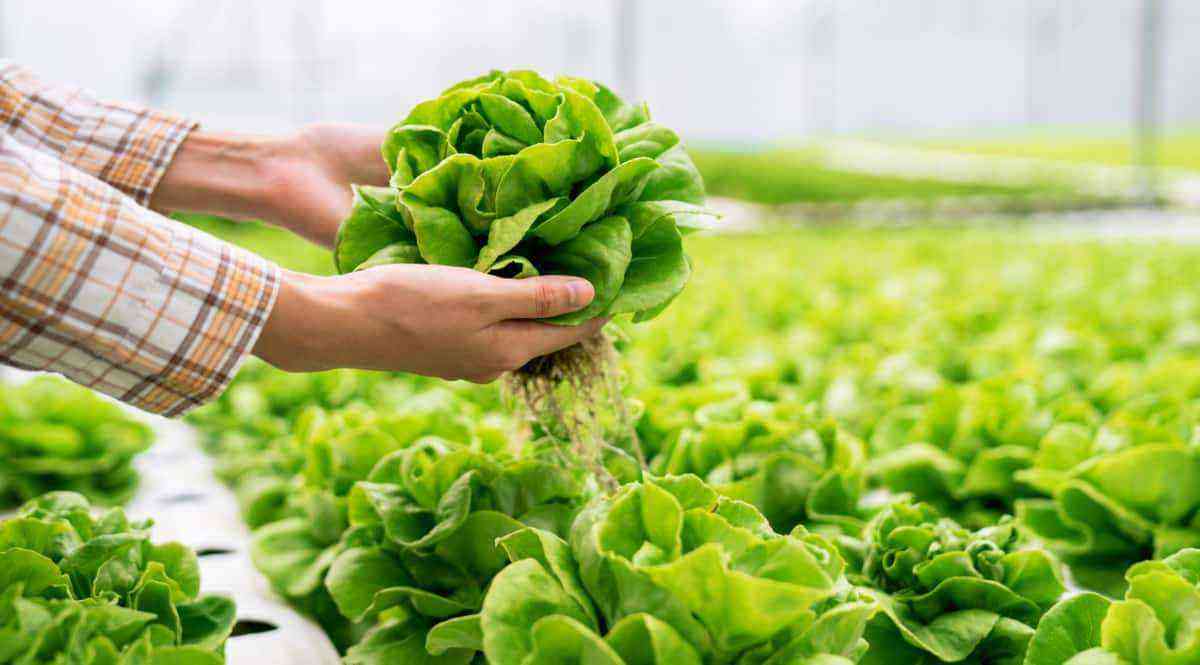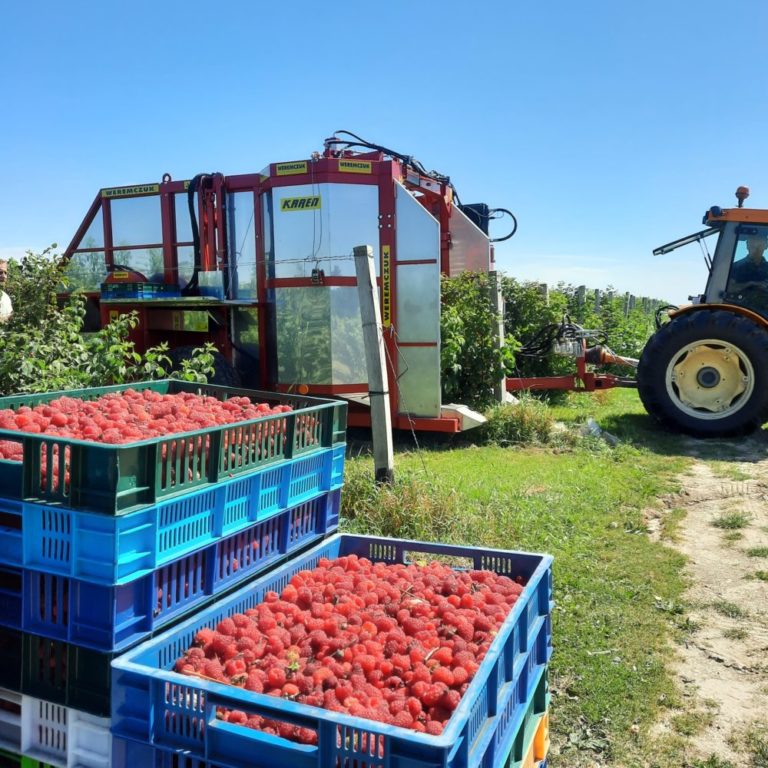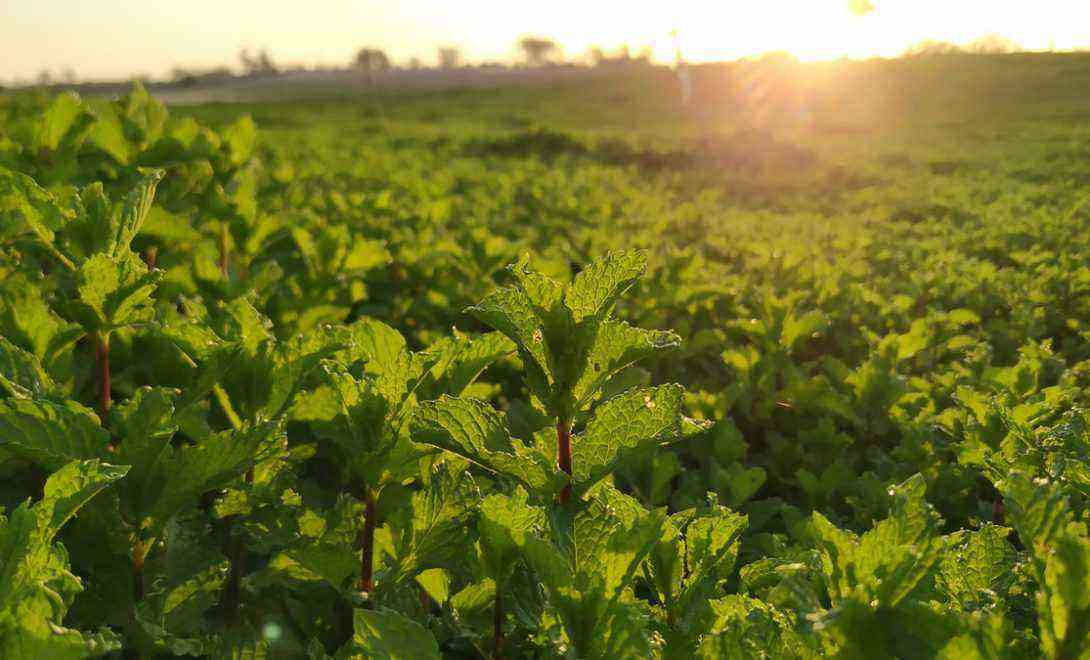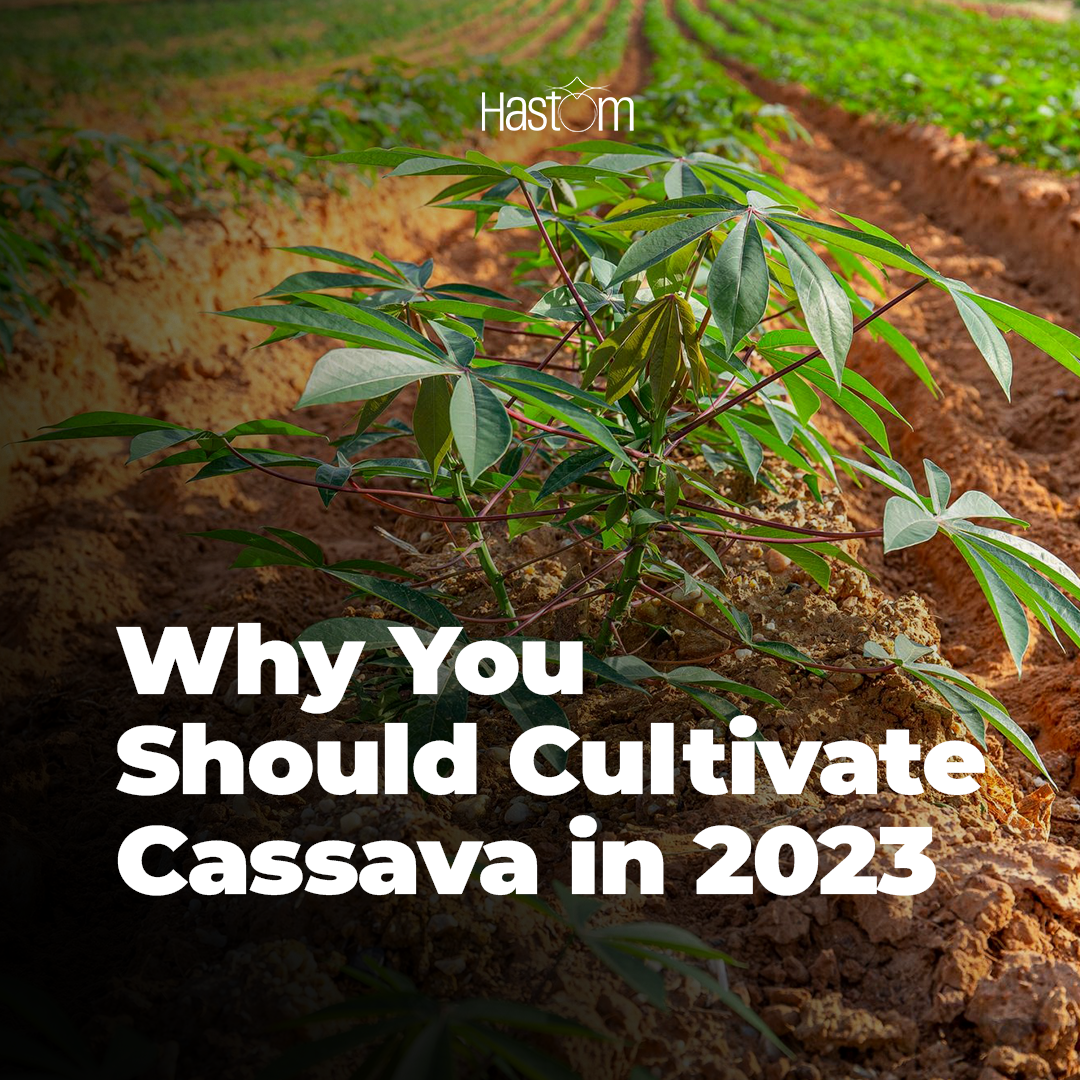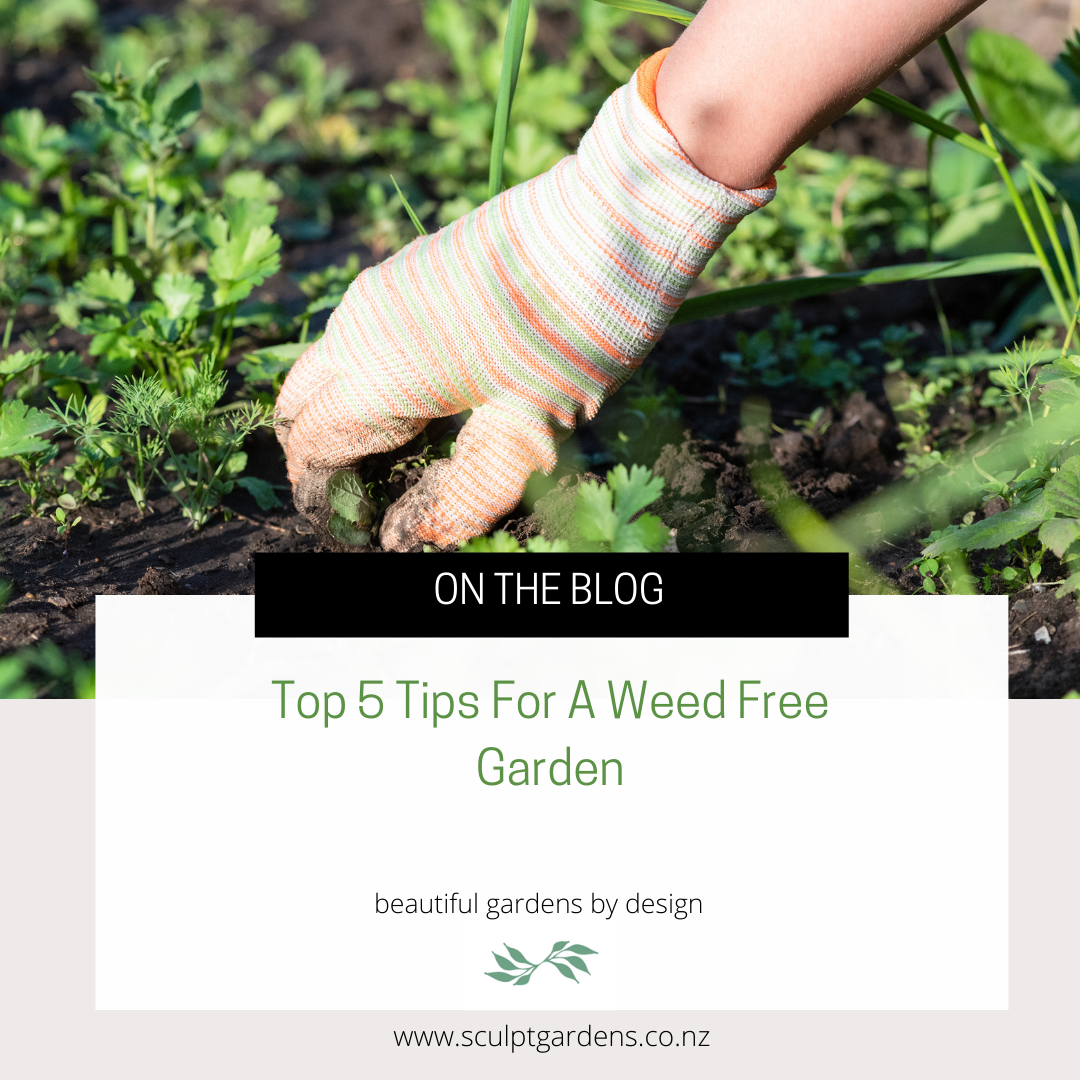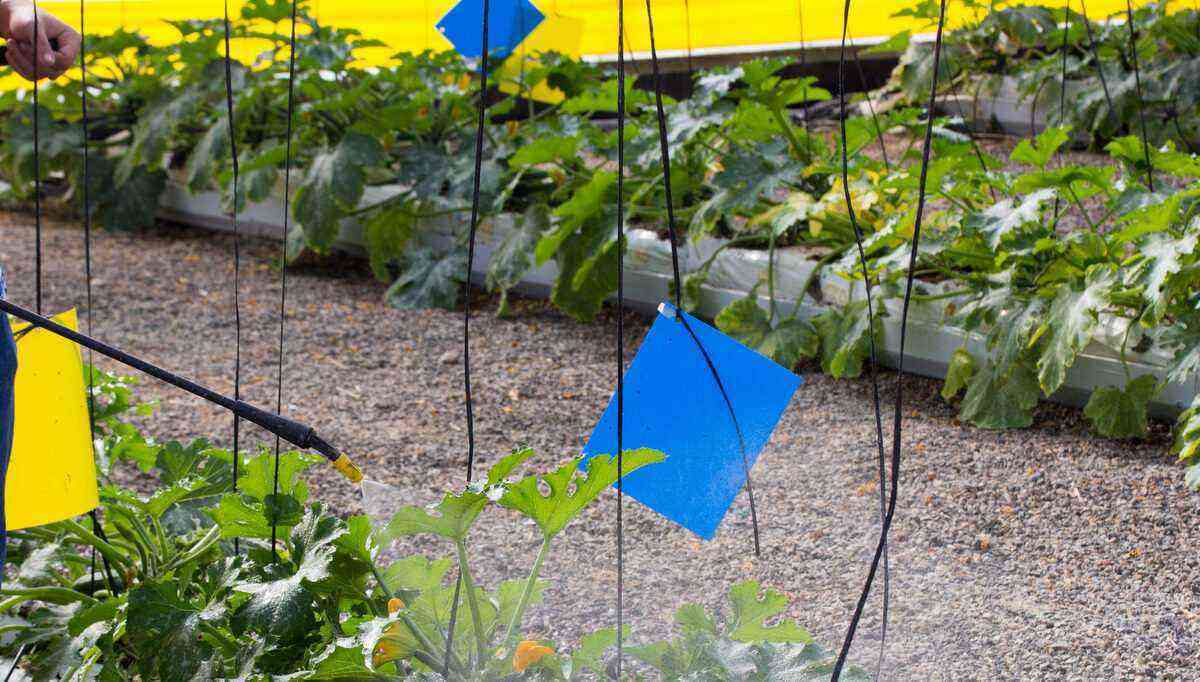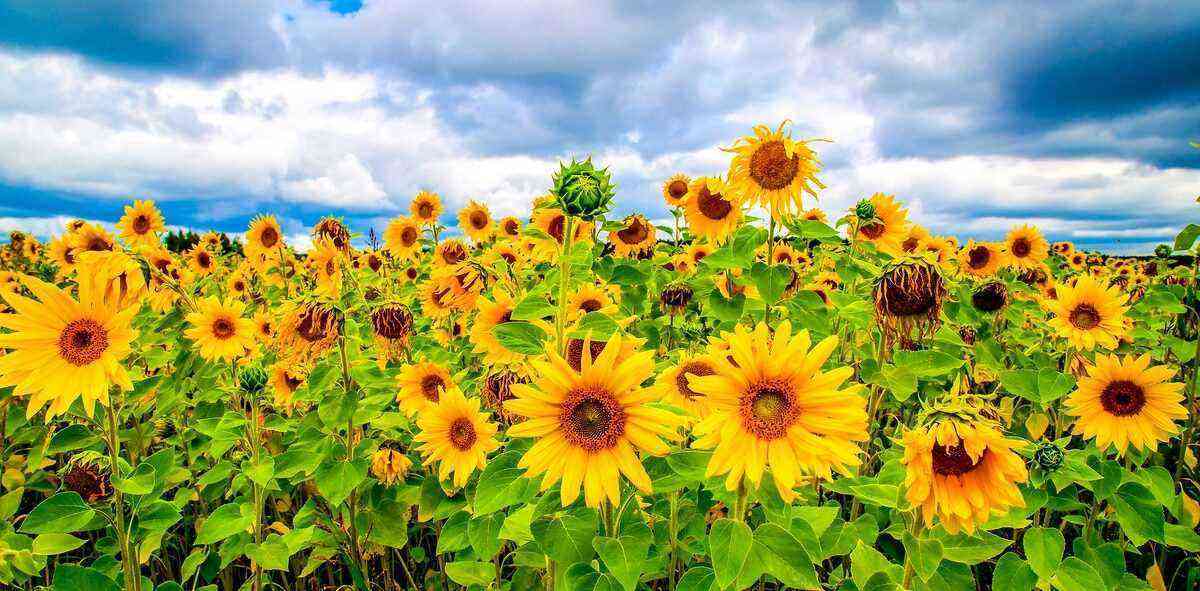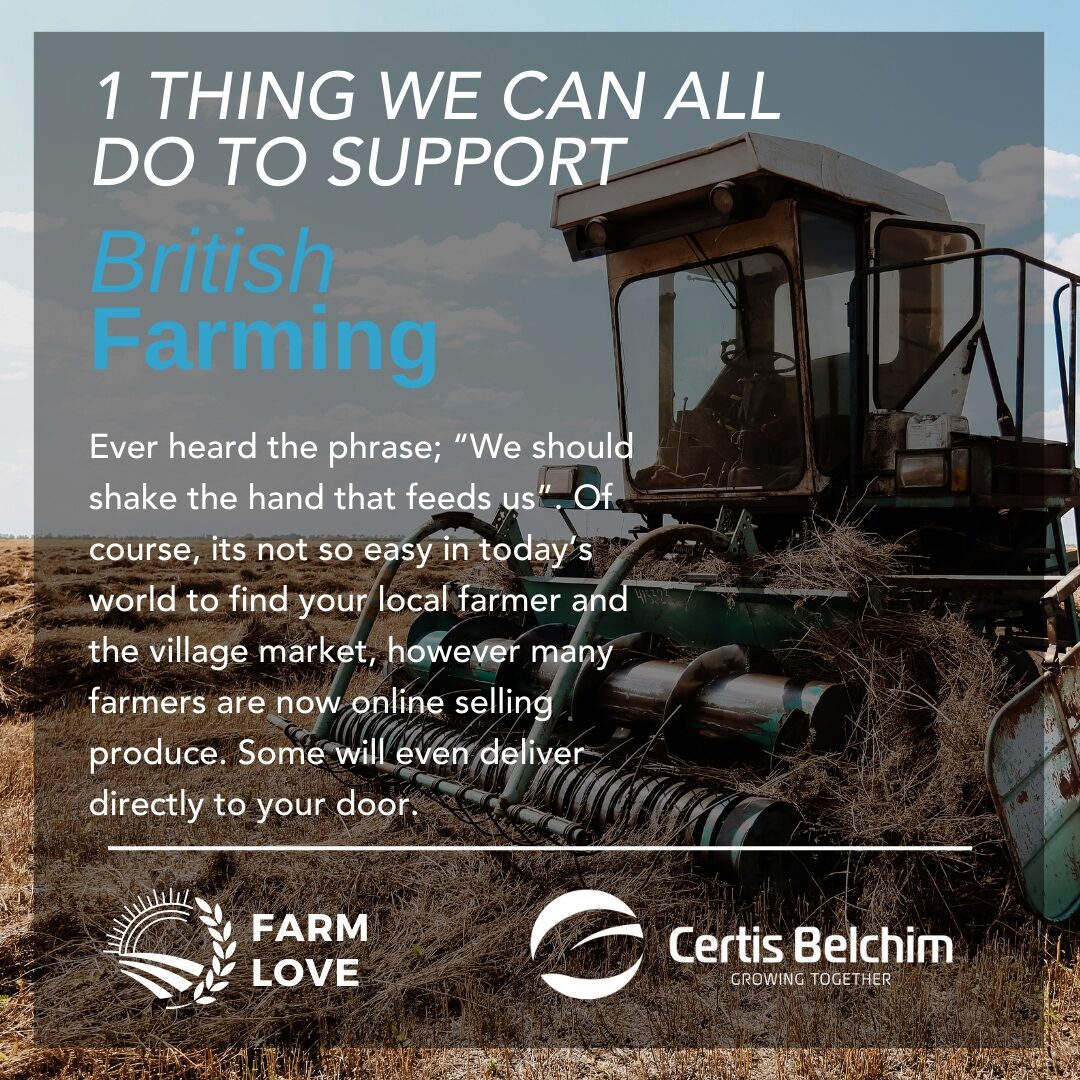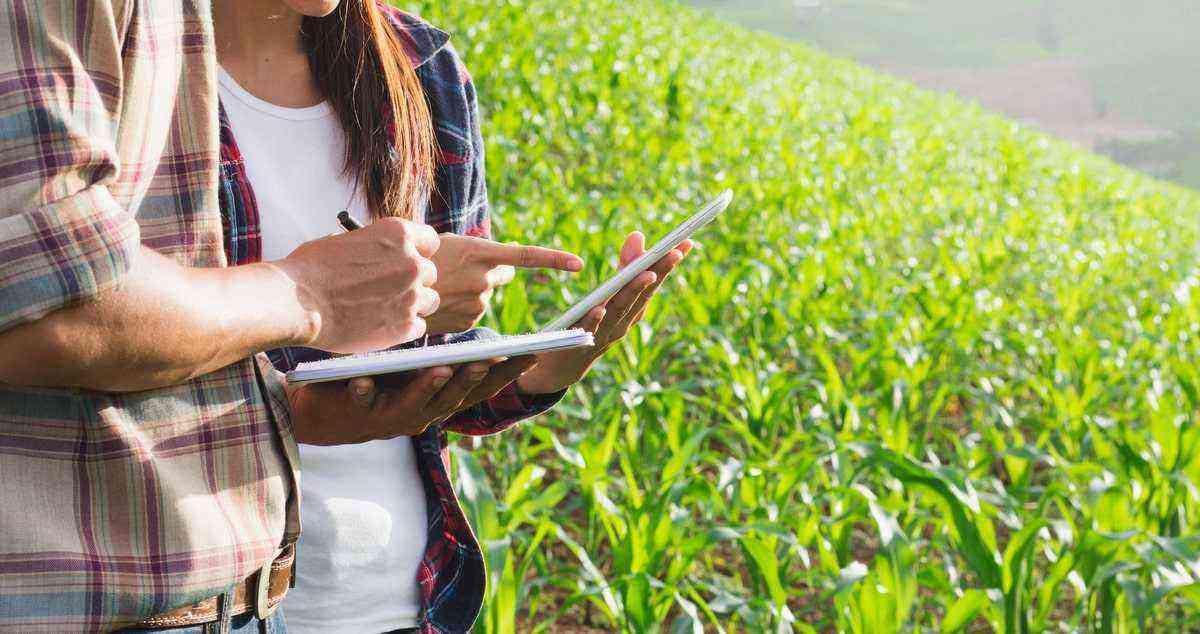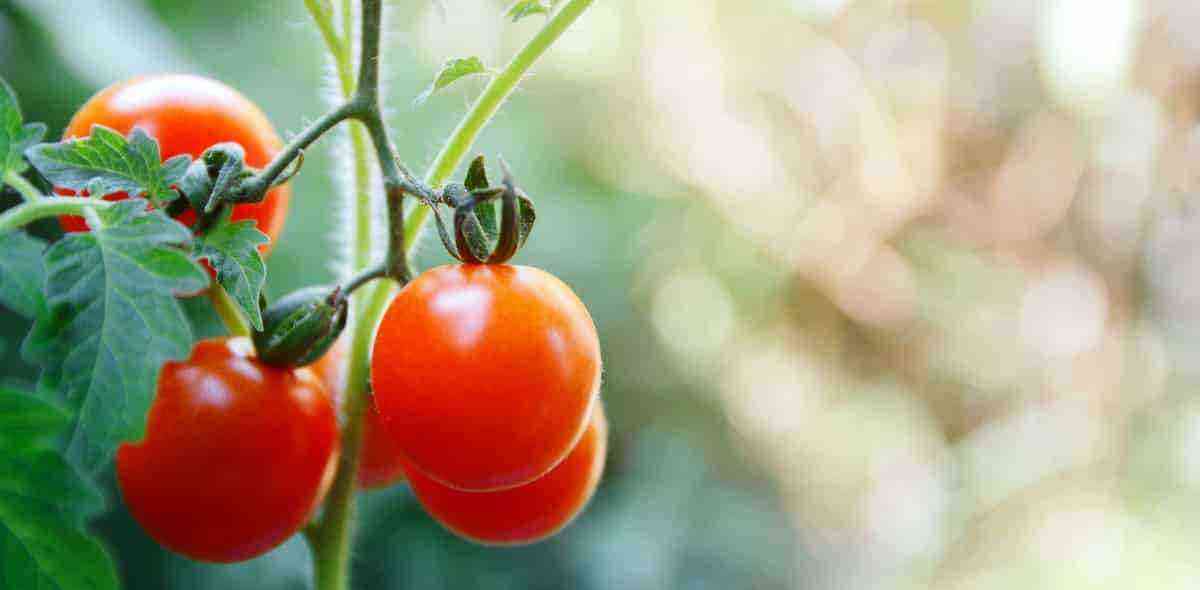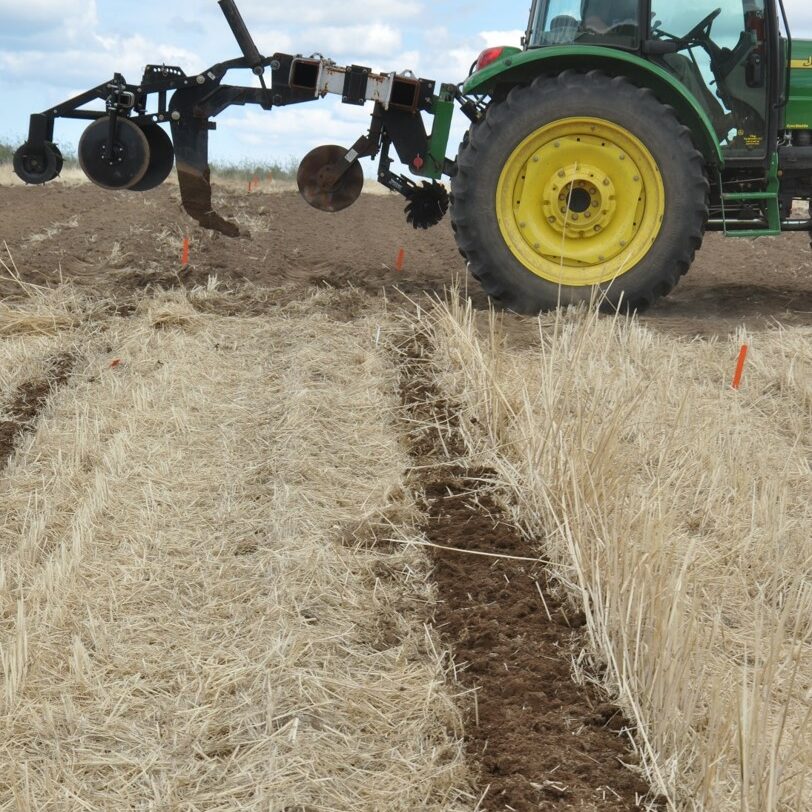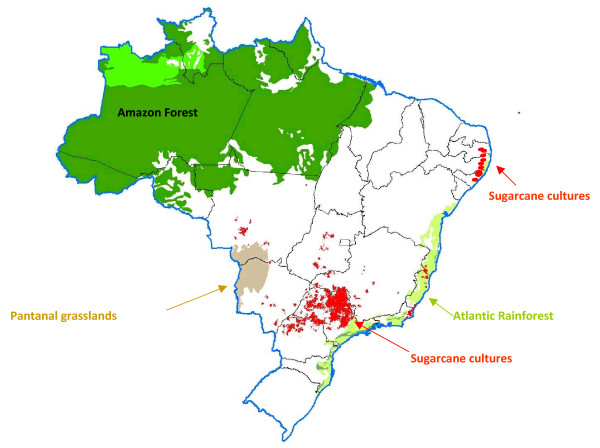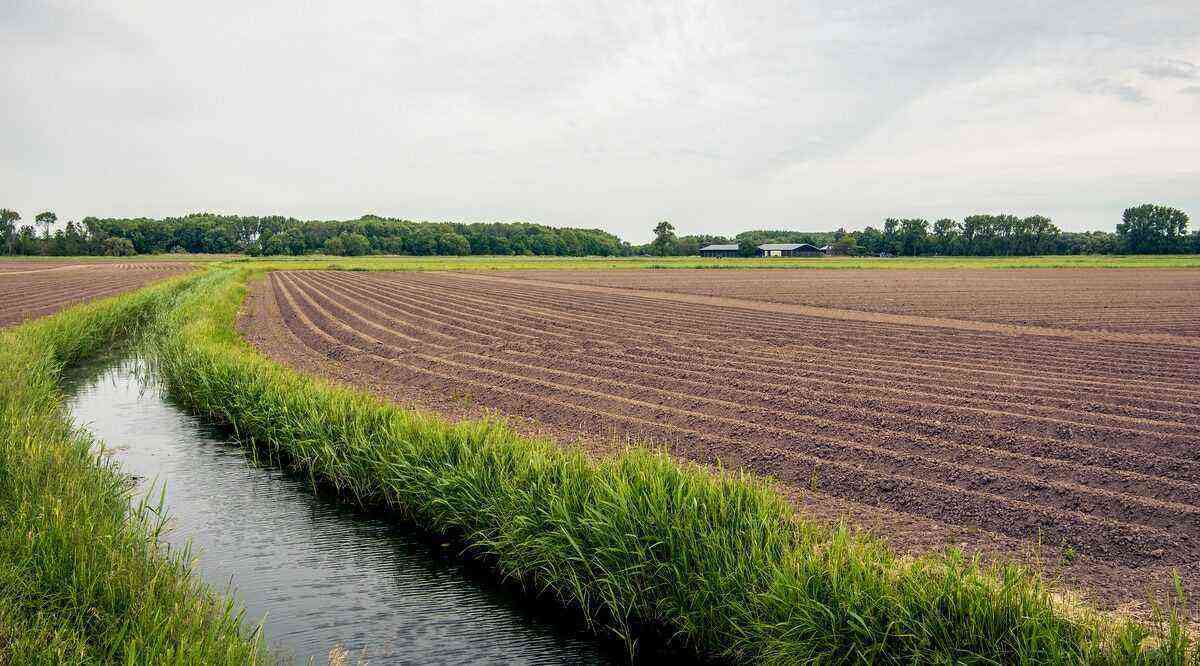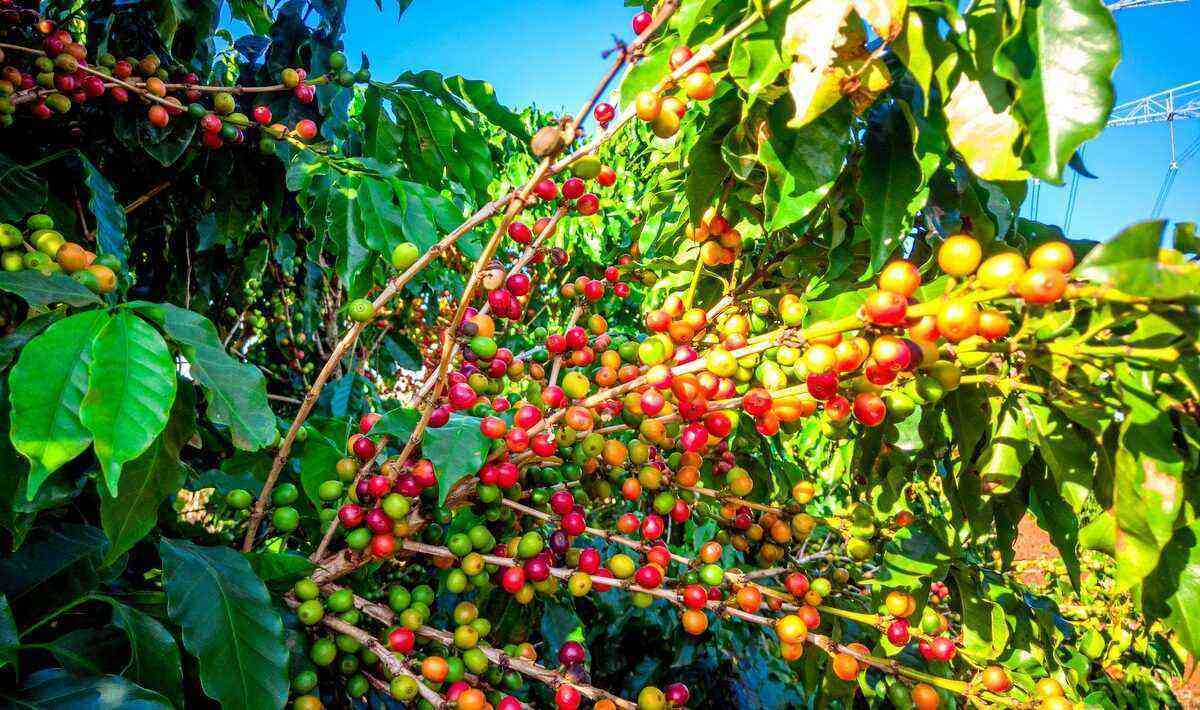Brazil stands out in the planting of peanuts and is considered an important producer and exporter. In addition to the destination for the oil industry, its sale in grain (in natura) can also yield good profits.
But peanut is a crop that requires a lot of care. Many pests can attack crops and there is also care for the climate. Excess or lack of rain during cultivation, which can compromise productivity.
In this article, we’ll cover the best practices for planting peanuts to ensure a good crop, from defining the planting area, preparing the soil, choosing varieties and taking care of pests. Good reading!!
Peanut plantation in Brazil
Peanut planting is expanding in the country. According to the National Supply Company (Conab), the cultivated area in Brazil reached more than 157 thousand hectares, which represented a growth of 7,6% compared to the last cycle of 2019. The volume produced was 512 thousand tons.

Peanut planting is growing in Brazil. Its cultivation requires a lot of care.
The country is the second largest producer and exporter of peanuts in Latin America, with 466 thousand tons (second only to Argentina). Planting is mainly concentrated in the State of São Paulo (90%).
Peanut farming can guarantee good profits, but it is a crop that requires a series of care, such as choosing the best area, planting time, best variety and also pest care.
Production, which until the last decade was mainly focused on the oil industry, is undergoing transformations, seeking new markets, and has been growing gradually in the last five years, according to a survey by Embrapa.
Peanuts in grain, with good size and good formation, can yield more profits. But, for that, the producer needs to adopt the best practices, mainly investing in new technologies, along the production chain.
choice of area
This is considered one of the most important stages of planting to achieve good productivity and avoid soil erosion problems.
In addition to preferring fertile and sandy soil, the area must have good drainage to avoid waterlogging, which can harm the plant’s growth.

The soil for planting peanuts needs to have good drainage to avoid erosion and not harm the plant’s development.
I prepare alone
A tip from the technicians is to plant the peanut on the straw of the previous crop. In addition to conserving the soil, it reduces erosion and helps germination even in the dry season, as it maintains moisture. Another advantage is that it can provide a up to 30% cost savings do I prepare do alone.
The producer must use specific and suitable sowing machines to avoid that the seeds are retained in the straw, without contact with the soil.
Weeds also need to be eliminated from the moment you prepare the soil for planting.
choice of variety
Seed quality is an essential factor for crop germination and productivity. It must be of good provenance and proven quality, with special attention to its purity, sanity and germination power.

The choice of peanut seed for planting is very important to ensure good productivity.
According to the technicians, planting shelled seeds is better than with whole pods because there is greater regularity in germination and better selection.
Disinfection work, with appropriate germicides before planting, is another indispensable task (this can guarantee an average increase of 30% in production).
The main varieties of peanut seeds are:
- Spanish: the plants that grow upright, of early harvest, with small and clear seeds and that have the highest amount of lipids. Its pods have two seeds.
- Valencia: also grow upright and harvest is early. Its seeds are dark and its pods have 3 to 5 seeds.
- Virginia: they are very branched plants and late harvest. They have large seeds, usually with two seeds per pod.
planting time
In the Southeast, South and Center-West regions of Brazil, the best time to plant peanuts is from September to November, as long as there is sufficient soil moisture for germination and plant development.
In São Paulo, which as we said is the largest producer in the country, it is common to use peanut areas (harvested in the summer) for the planting of a second rainfed crop (“safrinha”), carried out between January and February. In this case, the expected yields are lower, due to the higher probability of droughts at the end of the cycle.
beware of pests
As with all agricultural varieties, peanut growers must be aware of pest attacks during cultivation:
- Peanut key pests
- silver thrips
- red-necked caterpillar
- soybean caterpillar
- brown caterpillar
- Black and brown bed bugs
- pinworm
- caterpillar
- Elasm caterpillar
- leafhopper green
- northeast locust
- Grass Curuquerê
- Spider mites and red mites
Not to mention the pests that can affect peanuts during grain storage.
Harvest
Depending on the variety chosen for planting and the growing conditions, mainly climate, the harvest can be done as early as 100 days after planting or it can take up to six months.
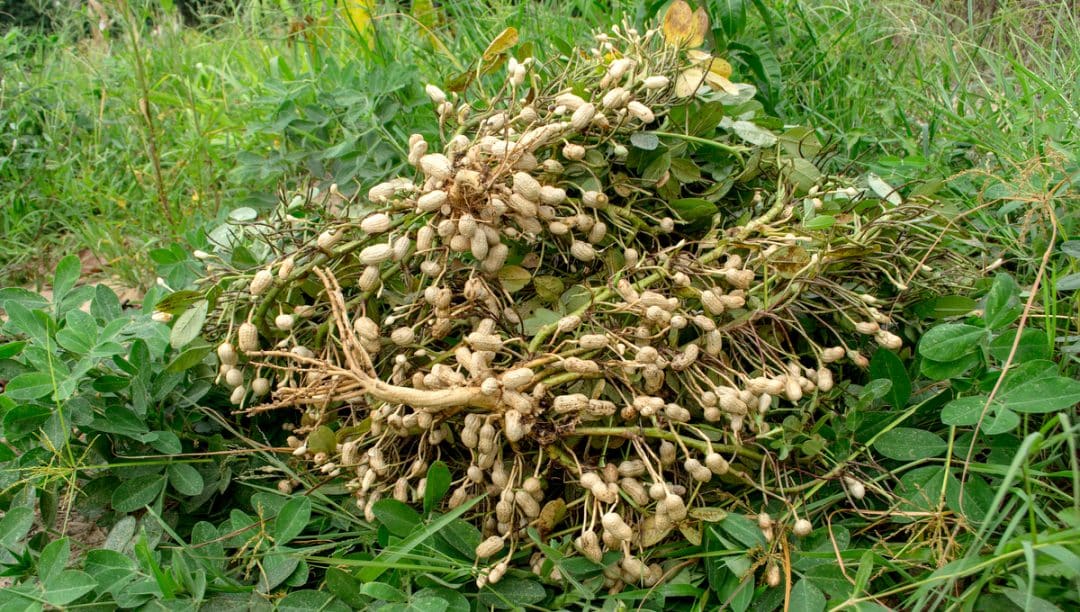
After harvesting, drying the peanuts is another important step in order not to impair quality.
This is done when the leaves are yellowish and the inside of the pod has darker veins. This indicates that the beans are ripe, ready for harvest.
The plants, after being pulled out of the ground, should be left in a place protected from moisture or rain. The roots and pods should be exposed to drying for a week or two.
No video below, see the peanut harvesting process:
Source: Neilo C. Silva
As we said earlier, a good harvested quality guarantees new markets and higher prices than the amounts paid by the oil extraction industries. With raw peanuts it is possible to prepare delicious recipes:
- Flour: is popular with chefs because its high protein content makes it suitable as a flavor enhancer.
- Cooked: a popular snack in the southern United States and other countries;
- in sauces: for South American meat dishes, especially rabbit;
- Pasta: to make your afternoon coffee even more delicious;
- Soups, sweets and savory dishes.
Dangers of aflatoxin
This fungus has always been one of the biggest dramas for the producer when it comes to best practices in peanut planting, as it causes damage to the producer since the crop can only be sold to the oil extraction industry (price is lower).
In addition, it is also a danger for those who consume a contaminated peanut, both in natura and its derivatives, with a risk of developing liver cancer.
Aflatoxin can develop when there is a lot of moisture in the soil (in grains, above 8%) during harvest, in transport and can appear even when it is stored in the warehouse. Thus, if drying in the field occurs on cloudy days or in periods of rain, there is a need for artificial drying to avoid this contamination.

The best cultivation practices guarantee an excellent quality peanut to the consumer.
According to the technicians, one of the main measures to prevent the attack of this fungus is to use more resistant varieties, although none of them are completely immune.
Another tip when planting is to look for varieties that are more resistant to drought, leaf spots, mechanical damage, seed dormancy and lower nutritional requirements. These “attributes” may indirectly contribute to the reduction of risks with aflatoxin.
profits from peanuts
If you, the producer, took all the precautions mentioned above, let’s get to what matters most: your profit.
According to experts, the gain at the end of the harvest is directly linked to the way the grain is marketed. The producer who harvests 3 tons in one hectare, for example, may receive around R$ 7 thousand.
If you sell the grain without the husk, the price rises to R$ 10 thousand. But if you transform the 3 kilos of peanuts into rapadura, for example, the gain doubles and can reach R$ 14 (a kilo of rapadura sells for R$ 10,00).
Summary
Therefore, in order to obtain the best peanut planting practices, all the steps of the process highlighted in this article need to be well worked out:
- Seed quality (essential factor for good establishment and crop productivity)
Soil fertility level when choosing the area for cultivation; - Planting should be done when there are adequate temperatures for the crop and sufficient soil moisture;
- Weed control from the start;
- technical assistance and quality control
- Marketing: must be done through producer associations, cooperatives or through contracts/partnerships with industries and other specialized companies.
Also access our article that addresses the difference between no-till and conventional planting.
